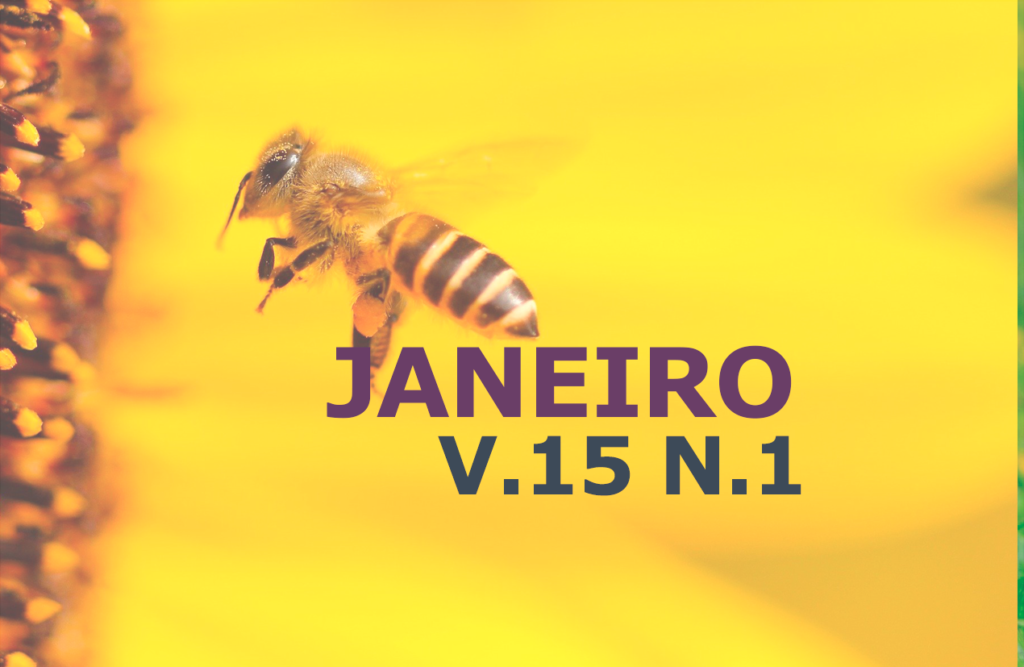Behavior and gilts reproductive performance kept in different breeding systems
DOI:
https://doi.org/10.31533/pubvet.v15n01a732.1-8Keywords:
Animal welfare, behavior, gestation cages, paddocksAbstract
The search for improving the quality of life has been studied through the use of management and facilities that can improve the welfare of farm animals. The objective of this work was to evaluate the influence of different housing systems during the gestation and maternity phases on the behavior and performance of gilts. The animals were distributed in a completely randomized design, with two treatments and four replications, with the gilt being considered the experimental unit. The treatments were: Group 1 - Caged confinement system; Group 2 - Picket and stall breeding system. Data on behavior and reproductive performance of gilts and productive performance of piglets were collected. The gilts in the gestation phase housed in the confinement cages, remained mostly inactive at the three collection times (8:00 – 10:00, 12:00 – 14:00 and 16:00 – 18:00) and shorter alert time between 8:00 – 10:00 and 12:00 – 14:00, compared to gilts reared in paddocks. Animals housed in paddocks remained on alert 87.3% above the observation time compared to females housed in individual cages. Females raised in paddocks had a higher (P < 0.05) number of piglets born alive. All indexes evaluated in piglets did not show differences (P > 0.05) between housing systems. The paddock system during pregnancy provided an improvement in the welfare of the gilts, but it was not enough to improve the reproductive and piglet performance in the maternity.
Downloads
Published
Issue
Section
License
Copyright (c) 2021 Rodrigo Fortunato de Oliveira, Rita da Trindade Ribeiro Nobre Soares, Rayanne Prates de Andrade, Leonardo Demier Cardoso, Edison Torres da Silva Júnior

This work is licensed under a Creative Commons Attribution 4.0 International License.
Você tem o direito de:
Compartilhar — copiar e redistribuir o material em qualquer suporte ou formato
Adaptar — remixar, transformar, e criar a partir do material para qualquer fim, mesmo que comercial.
O licenciante não pode revogar estes direitos desde que você respeite os termos da licença. De acordo com os termos seguintes:
Atribuição
— Você deve dar o crédito apropriado, prover um link para a licença e indicar se mudanças foram feitas. Você deve fazê-lo em qualquer circunstância razoável, mas de nenhuma maneira que sugira que o licenciante apoia você ou o seu uso. Sem restrições adicionais
— Você não pode aplicar termos jurídicos ou medidas de caráter tecnológico que restrinjam legalmente outros de fazerem algo que a licença permita.





